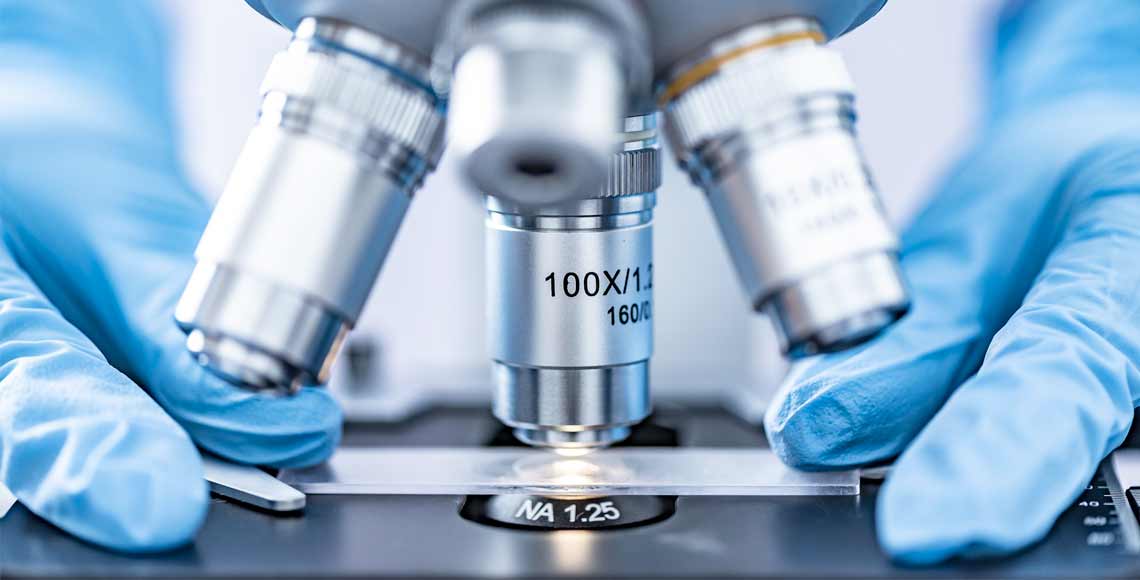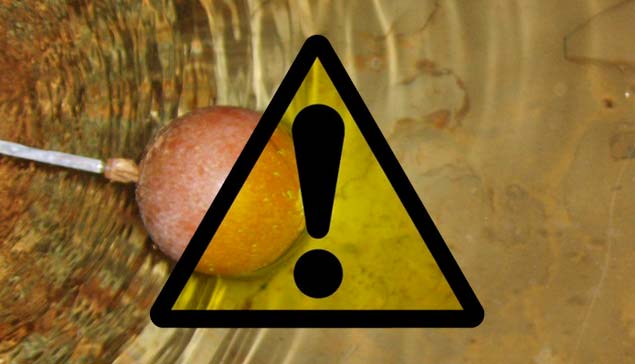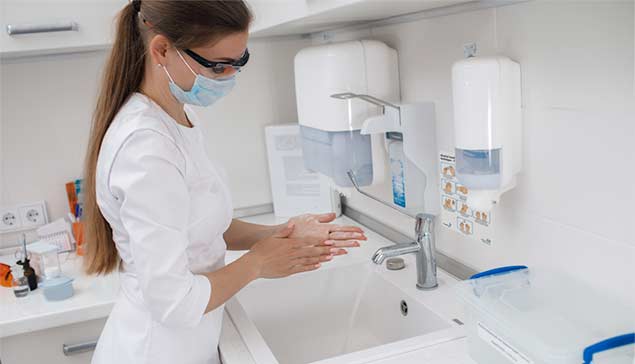ASSOC. COMPANY

10 July 2014
How often should you test for Legionella?
As a duty holder or nominated person responsible for the management of a water system you have a legal responsibility to manage the risks associated with Legionella. A key component of your risk management is regular testing and monitoring of the water within the system that you are responsible for, but how often should you be conducting these tests?
New guidance on frequency of Legionella testing
Prior to the recent changes to the health and safety guidelines that cover Legionella prevention, testing in the form of a Legionella risk assessment was recommended to be undertaken every two years or following system changes. However since the release of the latest ACoP L8 and the introduction of HSG274 in late 2013 (revised spring 2014) more stringent guidelines have been put in place and a stronger emphasis placed on Legionella risk assessments, now stating that they must be reviewed ‘regularly’. A Legionella Risk Assessment is a legal requirement and it’s this assessment of your water system that will inform and dictate the regularity of your testing. The risk assessment identifies the pipework and individual assets - such as water tanks, showers and taps - that make up the water system and evaluate the risks associated with each element.
Instances when a Legionella Risk Assessment Review is needed
The industry precedent is that Legionella risk assessments are reviewed at least every two years. However there are certain situations where a review is required sooner by law. They include:
- When the site’s population falls within the high risk category – for example the elderly or those with an impaired immune system
- When changes are made to the water system, pipework or assets
- When the water system has had a change of use
- When new information is published with updates to recommendations and procedures
- When current monitoring and management processes are no longer proving effective
- When a Legionella outbreak is suspected or positive samples are recorded
In any of these instances an immediate or more regular review of the Legionella risk assessment should be undertaken. Should an outbreak be suspected or monitoring and control measures are proving ineffective, ACoP L8 guidelines recommend that microbiological sampling should be carried out to test for biological risks including the presence of dangerous levels of Legionella Pneumophilia. The responsible person should seek advice from a water hygiene specialist on the most suitable reactive works, for example a system chlorination.
Although testing for the presence of Legionella bacteria requires the technical expertise of a water hygiene company such as W.E.T, all duty holders are able to assess and inspect their water systems for the conditions in which Legionella can develop. The monitoring and management regime detailed within the risk assessment must include a schedule and set of procedures for regularly testing the water within the system for evidence of the conditions in which Legionella bacteria could proliferate.
Frequency of Legionella testing varies
The regularity with which Legionella testing should be carried out varies dependent on the type of water system you are responsible for, the assets present and their risks, and the monitoring and control measures stipulated within your risk assessment.
Monthly temperature monitoring procedures are one of the most effective methods of testing. Legionella bacteria thrive in temperatures between 20°C and 45°C, with optimum growth occurring at 37°C, so regularly checking the temperature within your water system can identify conditions that increase the risk of Legionella bacteria developing. The results of these regular tests should be recorded in a log book to act as a historical reference point and to achieve compliance with the HSE guidance.
For further information on Legionella Risk Assessments and devising a monitoring and management plan contact the experts at W.E.T on 01827 288810.






